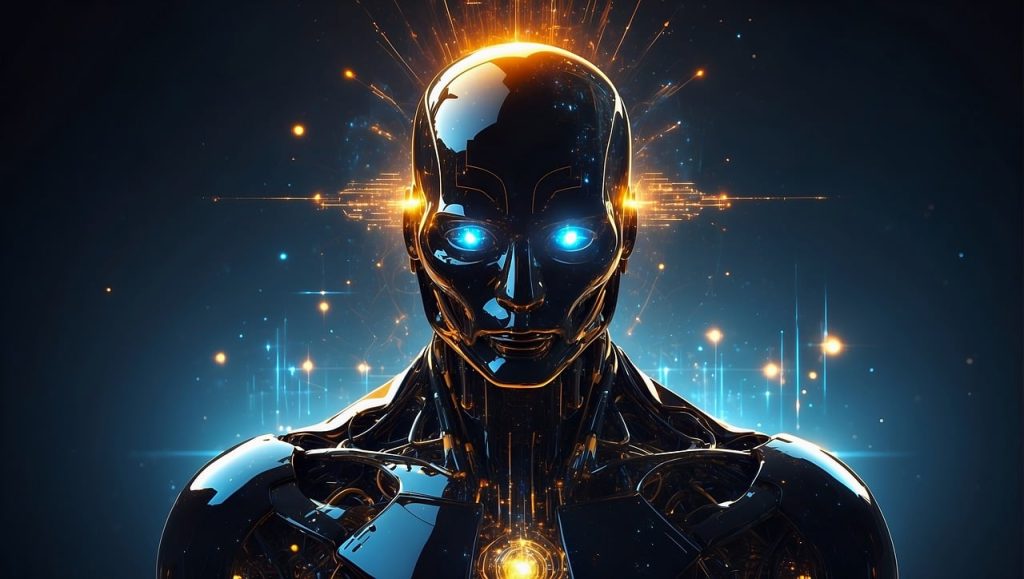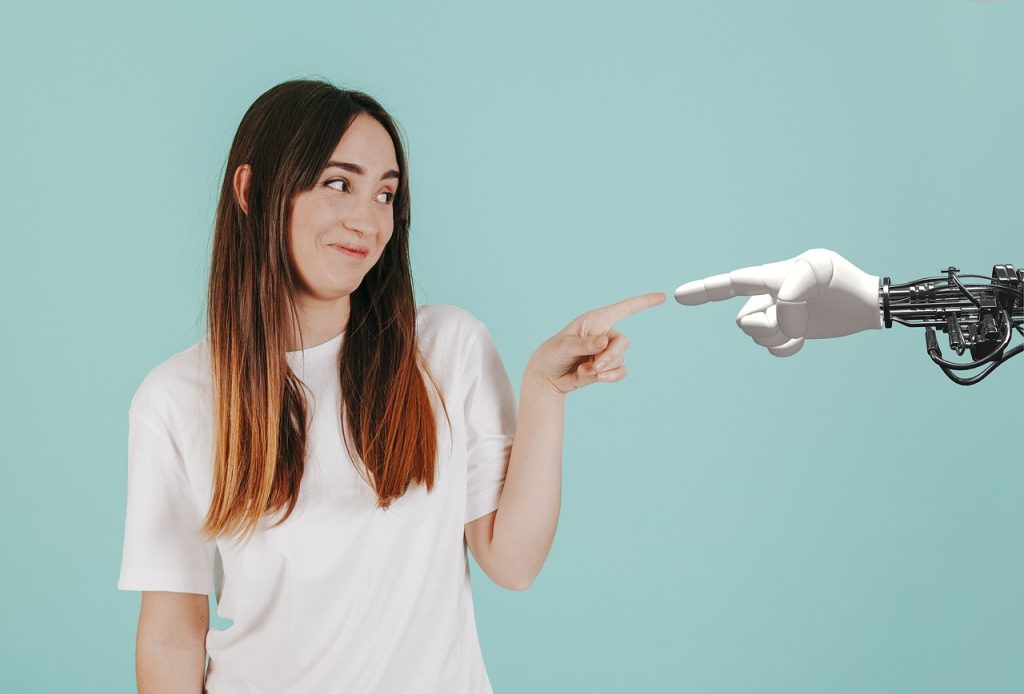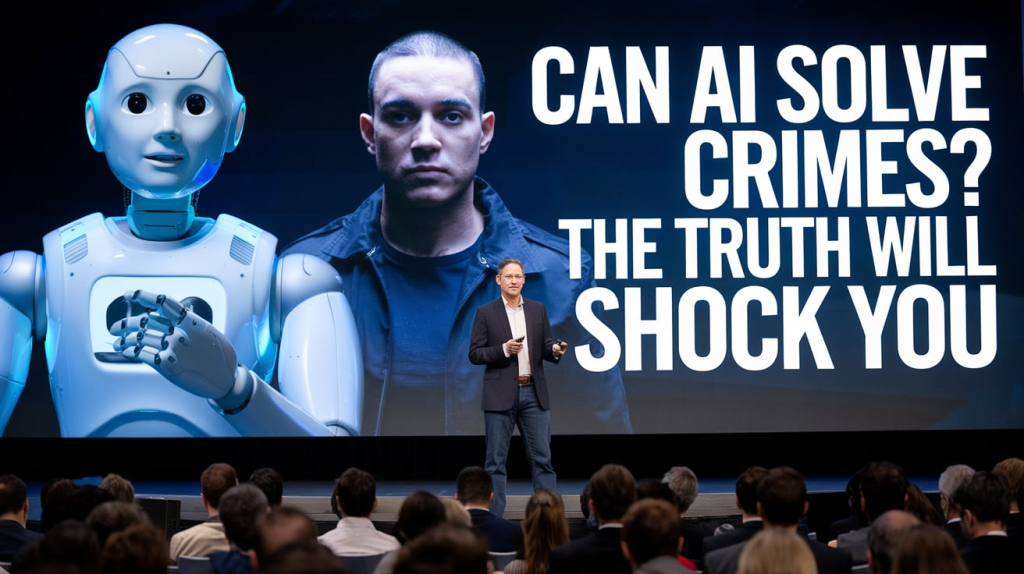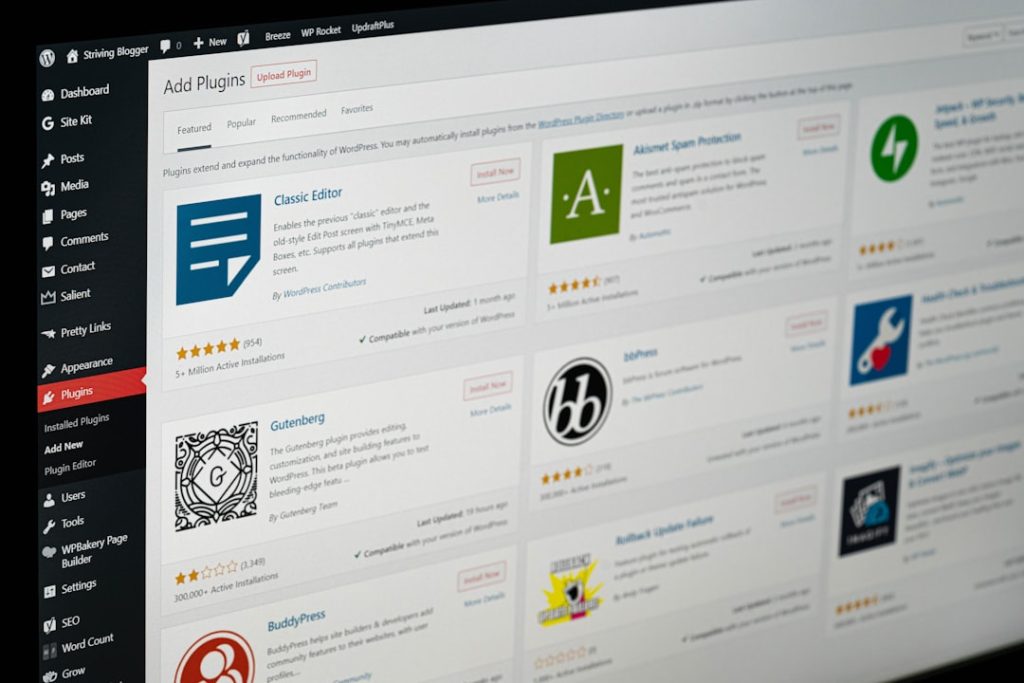In recent years, the landscape of digital creativity has been irrevocably transformed by the advent of artificial intelligence (AI). Among the most fascinating developments in this realm is the emergence of AI-generated images, which have captivated artists, marketers, and everyday users alike. These images, produced by sophisticated algorithms, can range from photorealistic portraits to whimsical illustrations, showcasing an impressive breadth of styles and concepts.
The ability of AI to generate visual content has not only democratized art creation but has also sparked a dialogue about the nature of creativity itself. As we delve deeper into this phenomenon, it becomes evident that AI-generated images are not merely a technological curiosity; they represent a significant shift in how we perceive and interact with visual media. The allure of AI-generated images lies in their capacity to blend human creativity with machine learning.
By analyzing vast datasets of existing artwork, these algorithms can learn patterns, styles, and techniques, enabling them to produce original pieces that often defy traditional artistic boundaries. This fusion of technology and creativity raises intriguing questions about authorship and originality. Who is the true creator of an AI-generated image—the programmer who designed the algorithm, the dataset that informed it, or the machine itself?
As we navigate this uncharted territory, it is essential to consider not only the implications for artists and creators but also the broader cultural impact of these innovations on society’s understanding of art and expression.
Key Takeaways
- AI-generated images are becoming increasingly popular and are being used in various industries, including entertainment, marketing, and social media.
- AI-generated humor is on the rise, with algorithms creating memes, jokes, and other forms of comedic content.
- AI-generated images work by using machine learning algorithms to analyze and generate new images based on existing data and patterns.
- The impact of AI-generated humor on social media is significant, as it influences the way people engage with and share content online.
- Ethical considerations of AI-generated humor include issues of copyright, ownership, and the potential for misinformation and manipulation.
The Rise of AI-Generated Humor
As AI technology continues to evolve, its application in generating humor has emerged as a particularly engaging facet. The ability of machines to create jokes, memes, and humorous images has captured the imagination of many, leading to a burgeoning subculture that thrives on the intersection of technology and comedy. This rise in AI-generated humor reflects a broader trend in which artificial intelligence is increasingly integrated into our daily lives, providing entertainment that is both novel and accessible.
From social media platforms to dedicated websites, users are now inundated with a plethora of AI-generated comedic content that challenges traditional notions of humor and creativity. The humor produced by AI often takes on a unique character, blending absurdity with unexpected punchlines that can elicit genuine laughter. By analyzing patterns in language and visual cues, AI systems can generate jokes that resonate with diverse audiences.
This capability not only democratizes humor but also allows for a rapid proliferation of comedic content that can be tailored to specific tastes and preferences. As a result, AI-generated humor has become a powerful tool for engagement on social media platforms, where users are constantly seeking fresh and entertaining material. The interplay between human creativity and machine-generated wit invites us to reconsider what it means to be funny in an age where algorithms can mimic our sense of humor.
How AI-Generated Images Work

The mechanics behind AI-generated images are rooted in complex algorithms and neural networks that mimic the way humans learn and create. At the core of this technology lies a process known as deep learning, which involves training models on extensive datasets comprised of images and their corresponding attributes. These models learn to recognize patterns, shapes, colors, and styles, enabling them to generate new images based on the information they have absorbed.
Generative Adversarial Networks (GANs) are particularly noteworthy in this context; they consist of two neural networks—the generator and the discriminator—that work in tandem to produce increasingly sophisticated images. The generator creates images while the discriminator evaluates their authenticity, leading to a continuous cycle of improvement. This intricate process allows for a remarkable degree of creativity and variation in the images produced.
For instance, an AI model trained on a diverse array of artistic styles can generate works that blend elements from different genres, resulting in unique compositions that might not have been conceived by human artists alone. Furthermore, advancements in technology have made it possible for these algorithms to produce high-resolution images that rival traditional artwork in quality. As users engage with these AI-generated creations, they are often left in awe of the capabilities of modern technology, prompting discussions about the future of art and the role of human creativity in an increasingly automated world.
The Impact of AI-Generated Humor on Social Media
| Metrics | Results |
|---|---|
| Engagement | Increased likes, shares, and comments on AI-generated humor posts |
| Reach | Wider audience reached through viral AI-generated humor content |
| Brand Awareness | Positive association with brands using AI-generated humor in social media |
| Conversion | Higher conversion rates for products or services promoted with AI-generated humor |
The proliferation of AI-generated humor has had a profound impact on social media dynamics, reshaping how users interact with content and each other. Platforms like Twitter, Instagram, and TikTok have become fertile ground for the dissemination of AI-generated jokes and memes, allowing for rapid sharing and engagement among users. This phenomenon has not only increased the volume of humorous content available but has also diversified the types of humor that can be found online.
With algorithms capable of producing tailored jokes based on trending topics or user preferences, social media feeds are now filled with an eclectic mix of comedic styles that cater to various tastes. Moreover, the viral nature of social media amplifies the reach of AI-generated humor, enabling it to transcend geographical boundaries and cultural differences. A meme created by an algorithm can quickly gain traction across different demographics, fostering a sense of shared experience among users who may never have encountered each other otherwise.
This democratization of humor allows for a more inclusive environment where individuals from diverse backgrounds can find common ground through laughter. However, this rapid spread also raises questions about the quality and originality of content being shared, as users navigate an ever-expanding sea of comedic material generated by machines.
Ethical Considerations of AI-Generated Humor
As with any technological advancement, the rise of AI-generated humor brings forth a host of ethical considerations that warrant careful examination. One significant concern revolves around authorship and ownership; when an algorithm generates a joke or meme, who holds the rights to that content? This question becomes even more complex when considering the datasets used to train these algorithms, which often include copyrighted material.
The potential for infringement raises important legal and moral dilemmas about intellectual property rights in an age where machines can produce creative works at unprecedented speeds. Additionally, there is the issue of bias inherent in AI systems. Since these algorithms learn from existing datasets, they may inadvertently perpetuate stereotypes or reinforce harmful narratives present in their training material.
This can lead to the generation of humor that is not only unoriginal but also offensive or insensitive to certain groups. As creators and consumers navigate this new landscape, it is crucial to foster discussions about responsible AI use and the importance of curating datasets that reflect diverse perspectives. By addressing these ethical considerations head-on, we can work towards ensuring that AI-generated humor enriches our cultural discourse rather than detracts from it.
The Future of AI-Generated Images

The Future of AI-Generated Images
The future of AI-generated images appears both promising and complex. As technology continues to advance at a rapid pace, we can expect even more sophisticated algorithms capable of producing increasingly intricate and nuanced visual content. This evolution will likely lead to new applications across various industries—from advertising and entertainment to education and beyond—where AI-generated images can enhance storytelling and communication.
Collaboration and Innovation in Creative Fields
The potential for collaboration between human artists and AI systems also presents exciting opportunities for innovation in creative fields, allowing for hybrid works that blend human intuition with machine precision. This synergy can lead to groundbreaking and imaginative creations that push the boundaries of art and design.
Addressing the Challenges of AI-Generated Images
However, as we embrace these advancements, it is essential to remain vigilant about the implications they carry. The proliferation of AI-generated images raises questions about authenticity and trust in visual media; as algorithms become more adept at creating realistic representations, discerning what is genuine from what is artificially constructed may become increasingly challenging. This reality underscores the importance of fostering critical media literacy skills among audiences so they can navigate this evolving landscape with discernment.
A Responsible Approach to AI-Generated Images
Ultimately, while the future holds immense potential for AI-generated images to enrich our lives creatively, it also necessitates a thoughtful approach to ensure that we harness this technology responsibly. By acknowledging the potential risks and benefits, we can work towards a future where AI-generated images enhance our lives without compromising our values or trust in the media we consume.
Embracing the Laughter of AI-Generated Images
In conclusion, the rise of AI-generated images and humor represents a fascinating intersection between technology and creativity that invites us to rethink our understanding of art and comedy. As we explore this new frontier, we are reminded that laughter has always been a fundamental aspect of human experience—one that transcends boundaries and connects us all. The ability of machines to generate humor not only democratizes access to comedic content but also challenges us to engage with our own sense of humor in novel ways.
While ethical considerations loom large in this discussion, they should not overshadow the joy that AI-generated humor can bring into our lives. As we continue to navigate this evolving landscape, it is essential to embrace both the opportunities and challenges presented by AI-generated images and humor. By fostering open dialogues about authorship, bias, and responsible use, we can ensure that these innovations enhance our cultural discourse rather than detract from it.
Ultimately, as we laugh at the absurdities crafted by algorithms and share these moments across social media platforms, we celebrate not only the capabilities of technology but also our shared humanity—a reminder that even in an age dominated by machines, laughter remains one of our most cherished connections.



